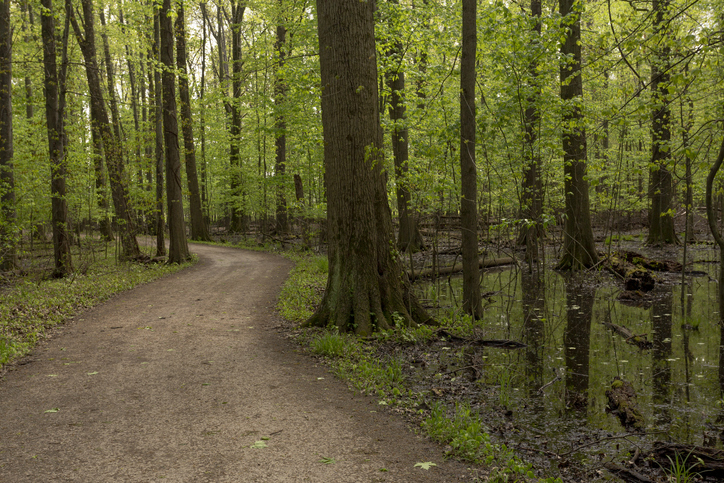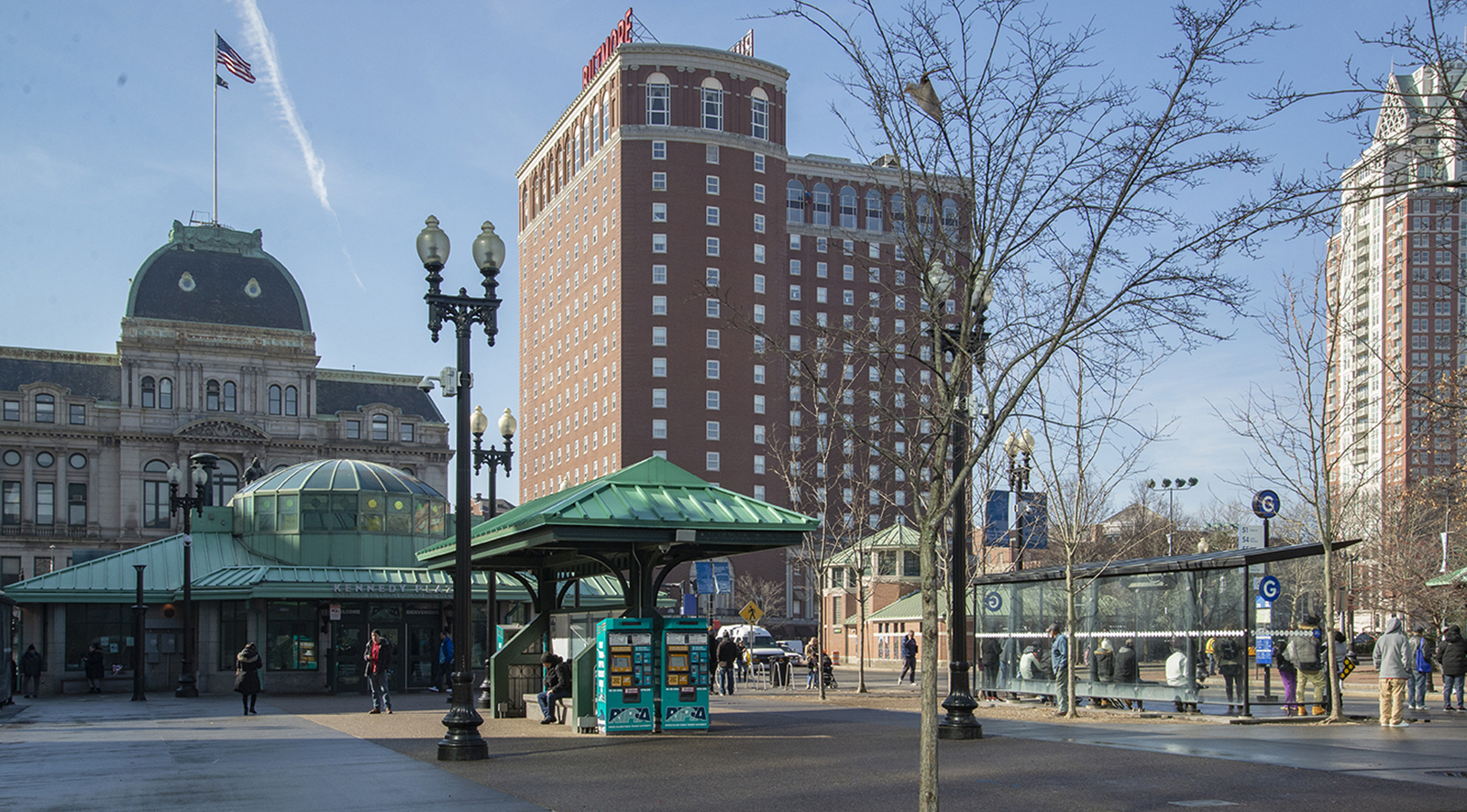We Got This: Let’s Create Community-Action List to Mitigate Climate Crisis Impacts
April 15, 2020
Not to pick on the speaker of House, who in mid-January told Boston Globe reporter Dan McGowan that “there’s nothing Rhode Island can do to address climate change in a way that is real or impactful,” because his narrow view of the issue is shared by many for reasons that are selfish, ignorant, and/or ideological.
I don’t pretend to know what caused Nicholas Mattiello to utter such nonsense, but common sense and obligation say otherwise. All his stale take does is push responsibility onto others. It’s a coward’s response to a crisis. It’s impotence when leadership is required. We’ve experienced plenty of this recently.
It’s time to move on from the coalition of the unwilling. Their time has passed. A new beginning awaits. It needs to start now.
There are plenty of things the state of Rhode Island and its residents can do to lessen the impacts of the man-made climate crisis. Many are easy. Others are more difficult. Some wouldn’t cost taxpayers a dime. Most would be beneficial to the economy, environment, and public health.
During a lengthy phone conversation I had with retired Rhode Island Department of Environmental Management staffer Rick Enser for a story we recently published, the ecologist put forth several ideas: when the global pandemic is over, continue to allow some state employees to work from home; electrify the state’s fleet of vehicles; reduce the state’s use of fossil fuels by simply mowing less.
“Does the Statehouse lawn need to be mowed every week?” he asked. “State government and its agencies can set an example for businesses and residents.”
Finally passing carbon-pricing legislation — this year’s bill is called Act on Climate 2020 and increases the goal of a 45 percent reduction in state emissions by 2035 to 50 percent and increases the 85 percent reduction target to net-zero by 2050 — and revamping Rhode Island’s transportation sector by better supporting public transit and empowering people to walk and ride bicycles are big changes that would require action by an uninspiring General Assembly that has withered in the face of a societal crisis. Its disappearing act follows a pattern set by years of substantial inaction on the climate crisis.
We don’t need to wait for the General Assembly to take action, however. None of the ideas mentioned by Enser, for example, require Mattiello’s blessing.
As the coronavirus rages and Rhode Islanders not on the front lines do their part by staying home and adhering to physical-distancing guidelines, perhaps we could use this time to create a comprehensive list of ideas to help mitigate the climate crisis.
Please share your ideas by posting a comment below, or you can email me — at [email protected] — your ideas and I will add them to this community-action list.
Frank Carini is the ecoRI News editor.




Rip up your lawn, and plant pollinator-friendly native species. Let’s rip up the Statehouse lawn too. It would be amazing to see that building surrounded by a field of wildflowers and paths.
Here are some Facebook ideas that were recently posted: drive less; buy clover seeds, they’re cheap and always germinate; mandate solar panels on all new structures. These comments were added by ecoRI News editor Frank Carini.
We don’t have more decades to waste on this: the first Earth Day was a half century ago.
We must start with the big impact areas, and not just individual action. We need leadership. Roughly
–40 percent of state GHG emissions are transportation — telecommuting, sure, EVs need serious state incentives (program ran out of money months after starting in 2017) and maybe mandates or taxes on guzzlers, need a serious push on public transportation, addressing funding issues and electrification of buses and the MBTA line to Boston. Etc.
–35 percent is from building heating and cooling. We need serious incentives and building codes that require replacement of gas and oil furnaces with air sourced heat pumps.
–20 percent is electricity. Phase out gas fired power plants. Moratorium on new gas plants and infrastructure. Make a plan to shut down gas infrastructure systematically over 10-20 years.
We model deep decarbonization in the state, it’s possible with existing technology. It’s affordable and will get cheaper. Making the transition will create good jobs.
https://www.sei.org/about-sei/press-room/new-study-shows-rhode-island-emissions-45-higher-than-expected/
Instead of wild flowers, turn the statehouse lawn into a farm and grow food for the hungry
How about a cannabis garden?
Greg, here ‘s another idea along that thinking. There are currently more than 4000 acres of farmland in Rhode Island devoted to one crop – turfgrass. Yes, the stuff put down in Fenway Park every year, that carpets the golf courses and homes of the rich who have sprawled throughout the state, the monoculture of mowed lawn with all its trappings of fertilizer, excessive water use for irrigation, non-biodiversity, and that takes a bit of the state’s best soil with it with every harvest. But the state is proud to tout turf as it’s highest grossing agricultural crop, and you all thought agriculture meant FOOD!
Yes, grown on the state’s best agricultural soils, much of it formerly grew potatoes. But turf is far more lucrative, and the irony should not be lost on anyone in Rhode Island, a state that ostensibly is trying to find ways to increase the amount of in-state food production, AND tackle the issue of hunger. But, the state has a big interest in insuring the continuation of it’s biggest agricultural cash cow. The State University has its own Department of Turf Science where they develop better turf and churn out golf course managers and landscapers. Maybe its time URI began churning out more organic farmers.
AND, why is there all this consternation about cutting down forest for solar arrays when there are 4000 acres of ready-made lawn to put them on. How far would that go to reaching renewable energy goals? And in between the rows of panels you could create the biggest fake pollinator garden in the state. Whether it be food or energy, start thinking about how land can be managed in ways that benefits everyone. Several of the larger turf farms have had their development rights purchased by the State Agricultural Preservation Commission, mostly during the 90s, but later as well. These farmers, in some cases, have already received millions to Not develop their land. Also, there is apparently a decline in golfing, which might mean fewer golf courses being constructed, which might mean more turf farmers open to diversifying their operations. Someone should begin asking.
And Greg’s idea is a damned good one – it has been done in other states. But make it permaculture and keep the wild flowers for pollinators.
Farming on the state house lawn – love it!! These ideas from commenters are great! Most of us who are concerned about the environment already do many of these things, but it’s time for government to step up (and for Matiello to shut up!). Why does it take a pandemic to improve RI’s air quality?
I’m feeling inspired by this notion of turning our State House lawn into some mix of pollinator gardens, walking paths, vegetable gardens, etc. Let’s make this happen. I wonder if we could get some level of agreement to the idea, if we could get some landscape architecture firms to create proposals for it. I think it could be such a powerful example of state-level leadership to use that kind of public space for environmentally-enriching public good, rather than a cultivated lawn that requires gas and oil for constant mowing.
Sean, check out this article from 2013 about the White House garden.
https://www.motherearthnews.com/organic-gardening/white-house-garden-zm0z13amzmar
I think a couple of state "first ladies", Maine being one, were considering the same thing. Far as I know, Rhode Island hasn’t considered it, then again, don’t have a first lady.